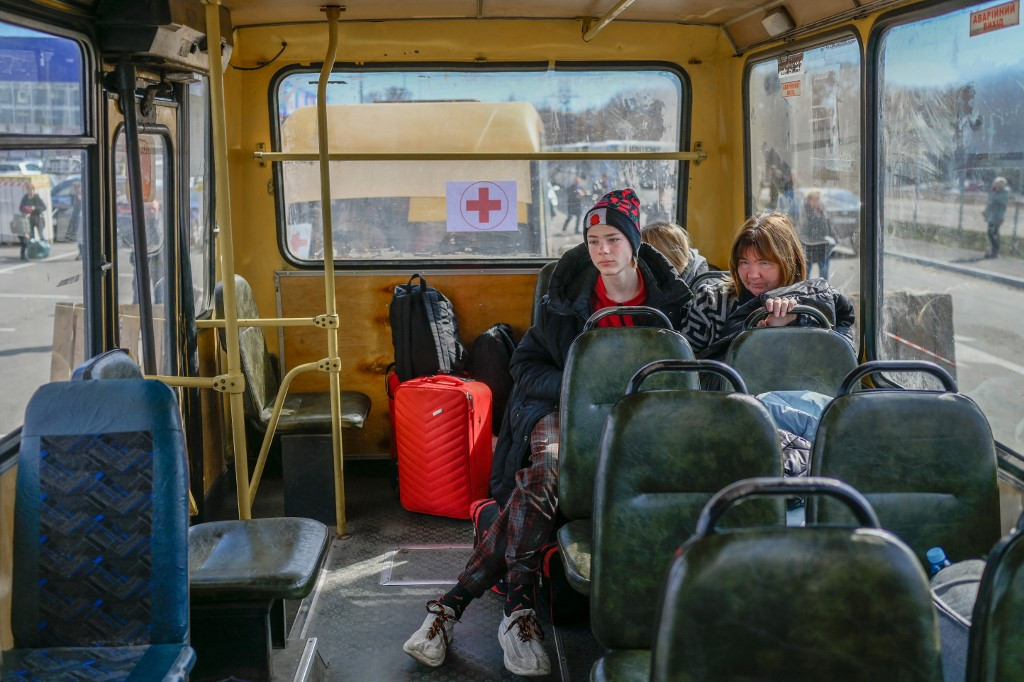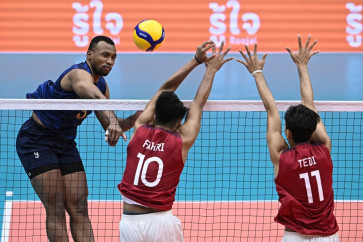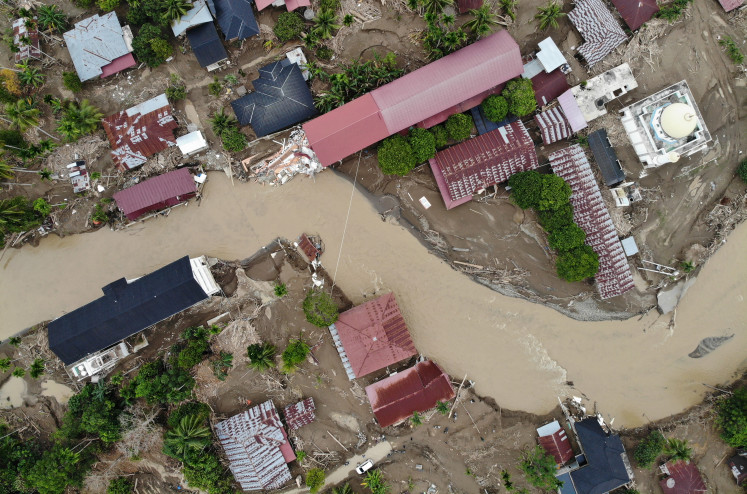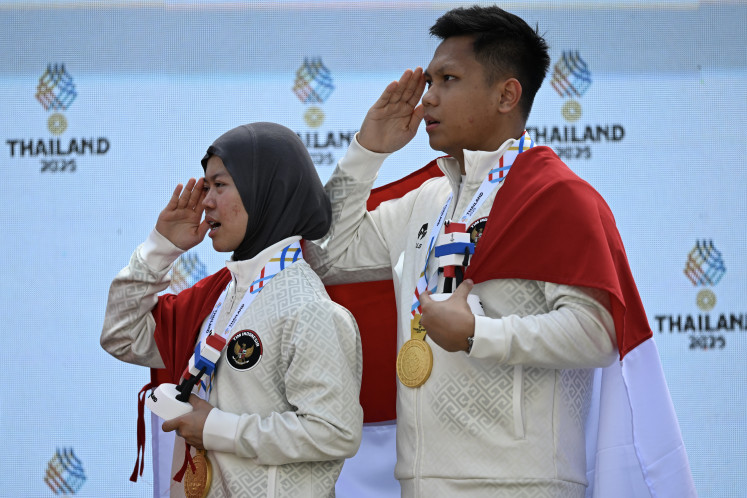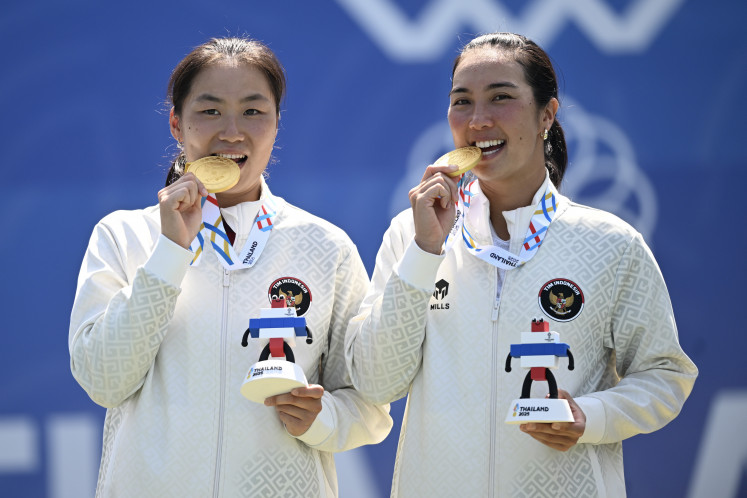Popular Reads
Top Results
Can't find what you're looking for?
View all search resultsPopular Reads
Top Results
Can't find what you're looking for?
View all search resultsThe last tears of Nikolai Gogol: A note on Ukraine and Russia
No grand theory – The End of history or Clash of civilizations – perhaps would explain Russia’s war against Ukraine without researching what really happened during 2014-2019.
Change text size
Gift Premium Articles
to Anyone
K
yiv, the legend has it, was a great capital, the center of ancient Slavia civilization at a time when Moscow was just a simple village. It changed as Moscow developed into the power center of the Tsar imperium.
What followed was Moscow becoming the very center of a vast Eurasian country as Ukraine, or parts of it, were encroached, annexed or occupied by Poland, Nazi German and the Soviet Union. During the 1917-1921 war of independence from the Soviet Union, Slava Ukraini (Glory to Ukraine) became its patriotic expression. In 1991 it became an independent state — the greatest landmass in Europe and Russia’s closest neighbor.
The country has been on a very long journey through great tragedies — a victim of Stalin’s forced agrarian cultivation, the Holodomor (great famine), that resulted in millions of deaths in the Soviet Union, including Ukraine and then being occupied and remolded by the Nazi German under the leadership of Stepan Bandera, who led the pogrom against the Jews and various minorities. In 2019 it arrived at a democracy under a corrupt regime led by the present elected president Volodymyr Zelensky.
At this juncture, the end of the Cold War in the early 1990s placed the country in a sensitive security zone as the West’s Atlantic alliance NATO started to expand while the Warsaw Pact was dissolved. “Not one [more] inch”, then-United States state secretary James Baker promised the Soviet leader Mikhail Gorbachev as the Soviets accepted that the Western alliance would include the newly unified Germany.
NATO did expand, however, to cover almost all former communist states in Europe. There had been a war of words on the significance of the Budapest 2008 Memorandum that included Russia, which was supposed to guarantee Ukraine's security. Yet in 2017 NATO confirmed its “partnership” with Ukraine.
As it turned out, Ukraine’s predicament was to become the arena of a proxy war of the two hegemonies. The legacy of the Tsar autocracy, but especially the prewar period of 2014-2019, left the country with ultra-nationalist, communist and fascist discourses, or their remnants, that had to deal with the new democracy.
Then, however, NATO and the European Union became involved, performing as the carriers of democratic and liberal values as the society was in search, as it were, of itself.

